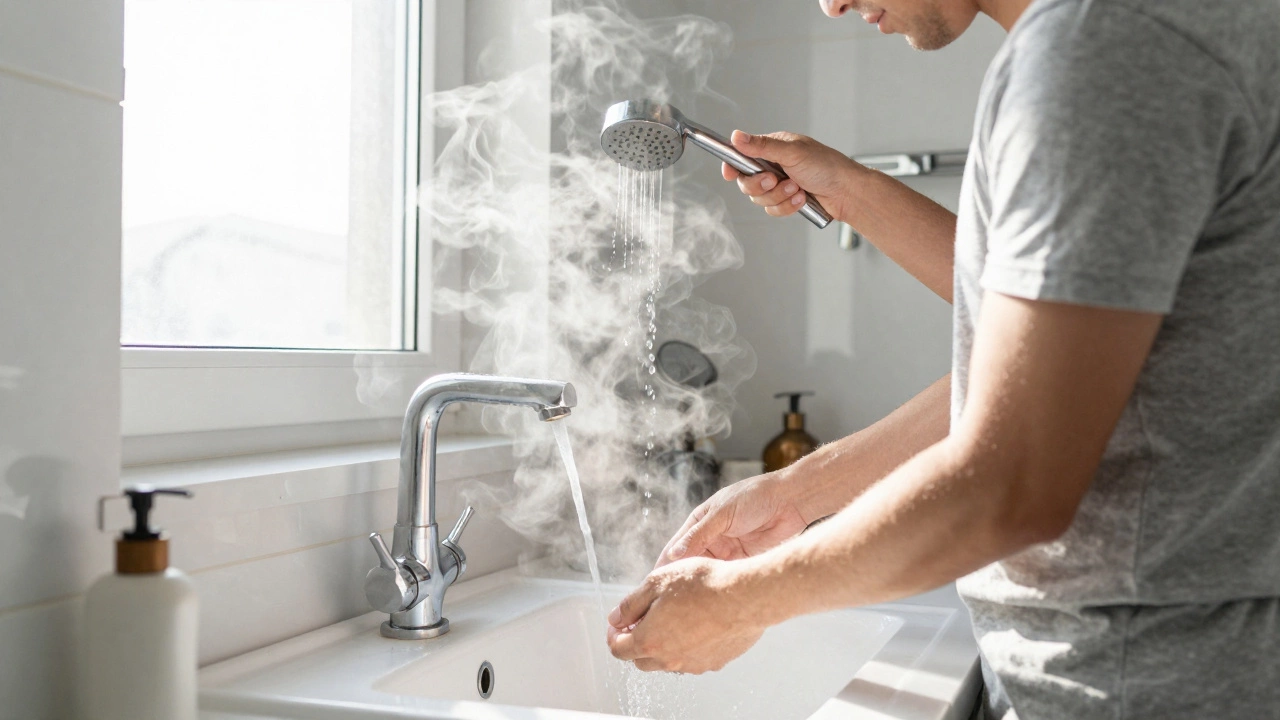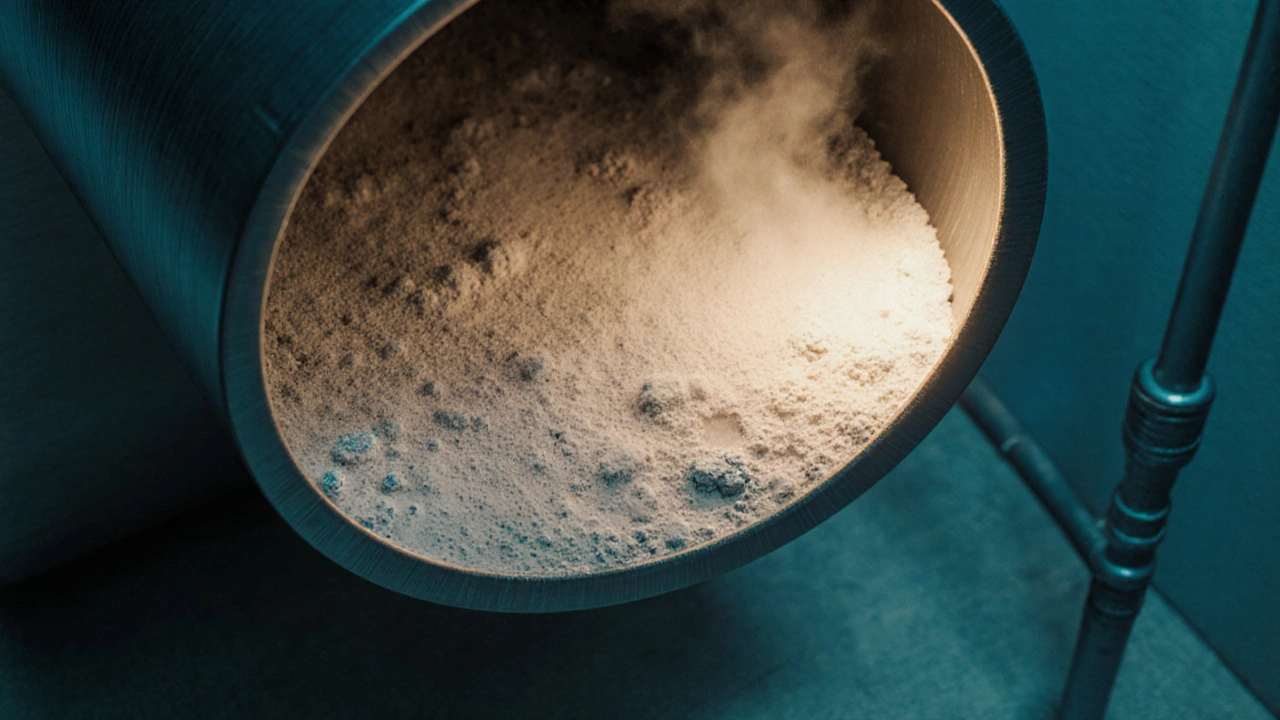No hot water in the shower? This step-by-step guide shows you how to fix common water heater problems yourself-from resetting breakers to flushing sediment-before calling a plumber.
Water Heater Problems: Causes, Symptoms, and Simple Fixes
Got a cold shower when you expected steam? That’s a classic water heater problem, and it’s usually easier to sort out than you think. In the next few minutes you’ll learn what most breaks, why it breaks, and what you can do right now without calling a technician.
Why Your Water Heater Might Fail
Water heaters are built to last, but they’re constantly dealing with heat, pressure, and mineral buildup. The most common culprits are:
- Thermostat or heating element failure – If the element burns out, the tank won’t heat.
- Faulty dip tube – A broken dip tube mixes cold water with hot water, leaving you with lukewarm output.
- Tripped high‑limit switch – Overheating triggers this safety switch and shuts the unit down.
- Scale buildup – Hard water deposits on the element or inside the tank, reducing efficiency.
- Leaking tank – Corrosion can cause rust‑filled water or a full‑on leak.
Knowing which symptom you see helps you pinpoint the problem fast. No hot water at all? Check the breaker first. Warm‑but‑not‑hot water? The element or thermostat is likely at fault.
Fast DIY Fixes You Can Try Today
1. Reset the breaker or high‑limit switch
Most water heaters have a 30‑amp breaker nearby. Flip it off, wait 30 seconds, then flip it back on. If the unit has a reset button on the thermostat, press it. Often the problem is just a tripped safety device.
2. Test the heating element
Turn off power, shut the water supply, and drain a few gallons. Using a multimeter, set it to resistance (ohms) and touch the probes to the element’s terminals. A reading between 10‑30 Ω means the element is good; ‘∞’ means it’s broken and needs replacement.
3. Replace a faulty thermostat
If you have a dual‑element heater, test each thermostat the same way as the element. Bad thermostats usually show no continuity. Swapping in a new thermostat costs under $30 and can solve the issue instantly.
4. Flush out mineral buildup
Connect a garden hose to the drain valve, open the valve, and let cold water run through the tank for 5‑10 minutes. This clears most scale. For heavy buildup, add a cup of white vinegar to the tank before flushing.
5. Inspect the dip tube
Remove the tank’s cold‑water inlet pipe, feel inside with a flashlight. A cracked dip tube looks ragged or missing. Replacing it costs about $15‑$20 and prevents cold water from mixing.
If none of these steps get hot water flowing, the tank might be nearing the end of its life. Leaking or rusting water is a clear sign you need a new unit.
When you’re ready to call a pro, give them the details you just gathered – which part you tested, any error codes, and whether you’ve already reset the breaker. That saves time and cuts down on the bill.
Remember, a little maintenance goes a long way. A yearly flush and a quick visual check keep most water heaters running smoothly for 8‑12 years. Now you’ve got the know‑how to diagnose, fix, or decide when to replace – all without the guesswork.
Discover the most common reasons water heaters fail, how to spot each problem, and practical steps to repair or prevent costly breakdowns.
Cold showers are a rude awakening, especially when your hot water heater suddenly quits. This article walks you through the most common reasons a water heater stops working, from power issues to leaks. Get tips for quick troubleshooting so you can spot problems before they get worse. Learn where things usually go wrong, what you can safely check, and when to call a pro. No jargon—just clear advice that could save you time and stress.


